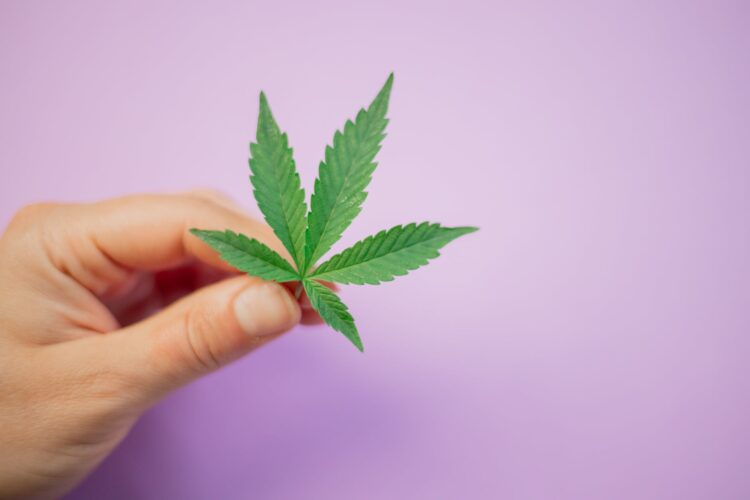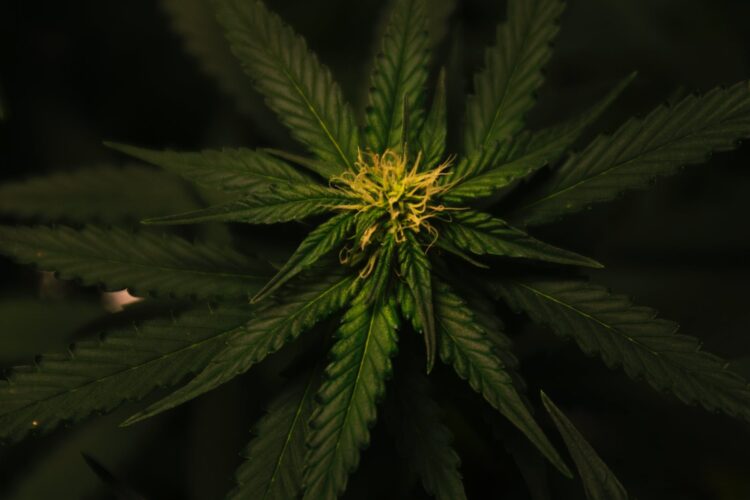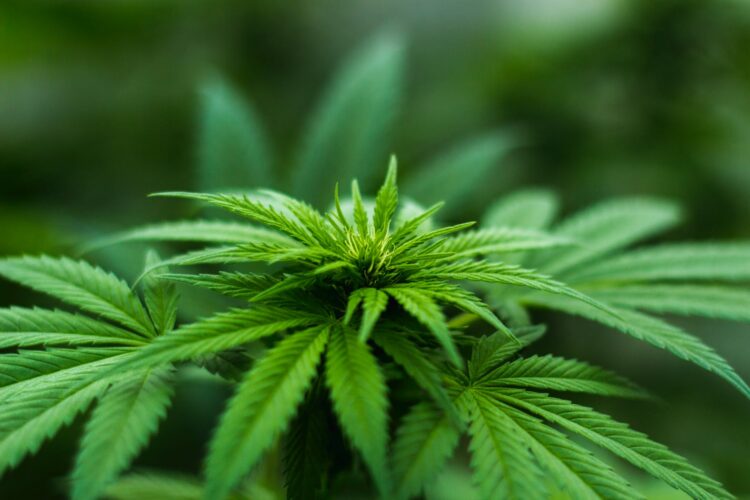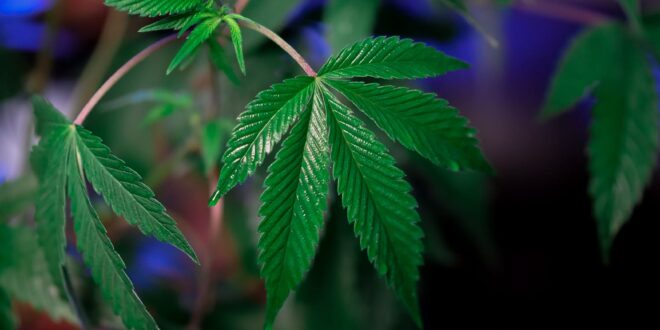Have you started farming your hemp? If yes, you might want to know some practical tips to test the crops. Many people struggle while growing hemp crops due to a lack of knowledge. Now, you don’t have to worry. We have prepared this article to help you with the same. We will discuss everything regarding the same.
Nowadays, it has become more convenient to research various things on the web. You can also gain information about hemp crops testing as many websites provide it. Hemp farming might seem like a complicated thing to do for a beginner. Well, it is not as challenging as you think. All you need to do is gain as much knowledge as you can.
When it comes to hemp farming, one has to take care of the testing period. Many farmers are not able to recognize the best time for testing the crops. If you are in a similar situation, you can take help from a suitable platform. As more and more people are getting interested in hemp farming, platforms are developing day by day. They will help you in the procedure effectively. One can get confused as to which one to choose. There are a variety of options for you. But you can click here to make your task easier.
As a farmer, you might be curious to know various tips regarding the testing of hemp crops. Simultaneously, we will also provide you some more information about it. So, without further ado, let’s get started with the same.

What is the right time to test the hemp crops?
According to experts, the right time for this procedure is fifteen days before the time of harvest. You should always keep a record of the dates to get to know when the harvest time is.
What are the various steps involved in hemp crops testing?
The whole procedure of testing might take some time as there are many stages. We will try to explain each step in detail.
- Heavy metals and chemical elements: The first phase is done during the pre-planting. It is one of the most crucial steps in the process. You might already know that every plant absorbs heavy metals and chemical elements from the soil in the initial stages of growth. Similarly, hemp plants are also at risk of getting contaminated with them. Toxic substances like lead, mercury, cadmium might cause significant harm to the human body when consumed. A straightforward solution to this problem is testing the soil first before putting the seeds for growing the plants. You can choose a suitable laboratory to check its pH levels and quantity of heavy metals. They will give you a detailed report of the same. In this way, you will know how to take further steps to make the soil suitable for hemp crops.
- Micronutrients and cannabinoid profile: After examining the soil, the plants need to go through a micronutrients and cannabinoids test. You will know the total percentage of cannabinoids and micronutrients present in hemp. Also, keep in mind, you have to take care of the THC level. It should be according to the rules and regulations of your country. If it exceeds, you might have to stop farming immediately. Otherwise, you have to struggle a lot due to legal charges. It is always better to purchase the seeds from a licensed online or offline store. You should also look at the quality and other necessary details before buying the seeds. The hemp plants’ cannabinoid profile might get affected by the chemicals and other environmental conditions. So, it is essential to check the levels during the process of farming. If we talk about micronutrients, they are responsible for maintaining the health of the plants. You also need to analyze their levels from time to time. Whenever you find a low level, you can find a solution to the problem in the beginning.

- Cannabinoids, terpenes, contaminants, and flavonoids: The third phase of testing involves checking the levels of necessary constituents. Once you have gone through seeding and soil tests, you might expect that your remaining ones would be successful as well. This post-harvest test is necessary to find the overall percentage of moisture in the crop. It is significant because a high level of moisture will put your crop at risk. They might get impacted by fungi or bacteria. Similarly, you have to examine whether your hemp plants have remaining fertilizers or not. These chemicals can cause harm to people who will consume the same. You will need to get it checked after you have harvested the crops. Other constituents should also be present in the hemp plants. These include THC, terpene, CBD, and flavonoids. All this information would be available for people when they are about to buy a product. Therefore, every farmer needs to get post-harvest testing to ensure the health of the crops.
- Residual solvents, CBD, terpenes, and microbial agents: After you have extracted the crops, you need to go through post-extraction testing. It is crucial to analyze the number of residual solvents, terpenes, microbial agents, and CBD. Once you get the overall percentage of all the constituents, you will know if it is suitable as a final product. Again, a laboratory can help you identify your hemp crop’s quality.
What are the advantages of growing hemp crops?
You will be surprised to know that growing hemp plants yourself is beneficial in many ways. Let’s find some of the advantages-

- Less time for growth: The overall period of hemp farming is short as compared to other crops. Hemp plants grow fast. So, you don’t have to wait for long once you put the seeds in the soil.
- Resistance to diseases: One thing that worries farmers the most is pests and diseases. The best thing about growing hemp plants is that they can prevent various pests and diseases without pesticides.
- Less water is needed: The hemp plants don’t need much water to grow. But it is essential to take care of the amount of water that has to be added to the crops.
Conclusion
From the above information, we have concluded that hemp plants’ testing is essential in various ways. We hope this article helped you in understanding the whole procedure in detail.
 Hi Boox Popular Magazine 2024
Hi Boox Popular Magazine 2024



